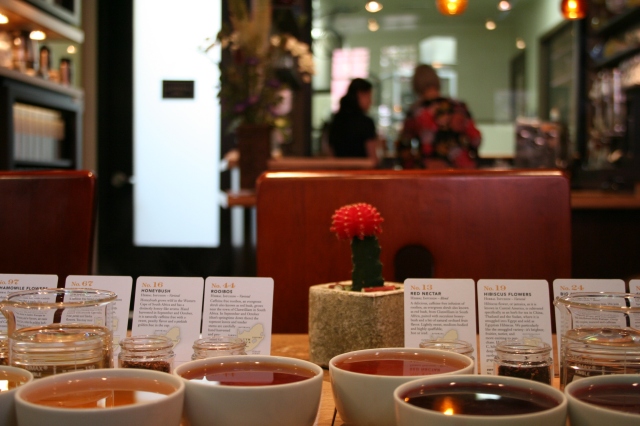This article is part of a series on Uncommon Connoisseurships. See also:
- Honey: The Honey Diaries
- Ramen: Package Deal
- Herbal Tea: The Tea Room
It was twilight in Mostar, Bosnia. The sky slowly darkened, and the townspeople, who had assembled atop the hill overlooking the city to break their fast for Ramadan, had already dispersed. Fruit vendors lingered in the dark streets.
Josh, John and I entered the small tea house. The unassuming storefront hid on one side of a sloping, curving cobble-stoned street; inside, the room was small and conversation was lively. On the walls, jars ascended to the ceiling: some smelled fragrantly of vanilla, strawberry, and ginger; others contained arcane herbs. The proprietor, a tall, holy-looking man, with white hair, a white beard, and traditional Muslim white robes, recognized us and greeted us happily. Soon, tea accessories crowded our low table, music played around us, and our small chess board came out between glasses and jars.
I ordered herbal tea, of course.
I first took to herbal teas because they lack caffeine, which can disrupt sleep, study, and sanity. My interest has progressively grown. Unlike other teas – for which the plants used are chosen surely at least partly for their caffeine content – herbal teas are made solely for taste. These tastes are varied and delicate.
I set out to chart the complex world of herbal teas, and also to find the perfect tea experience. I eventually found myself at Steven Smith Teamaker, in Portland, Oregon. Continue reading

![IMG_5981[1]](https://rostovreview.files.wordpress.com/2015/06/img_59811.jpg?w=640&h=427)
